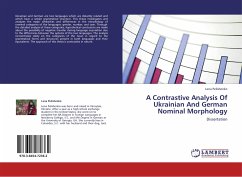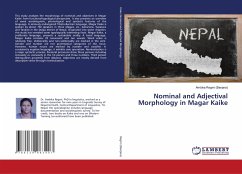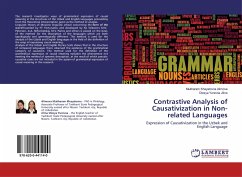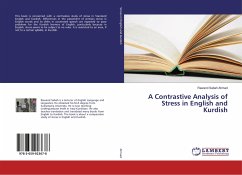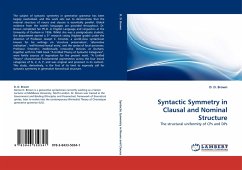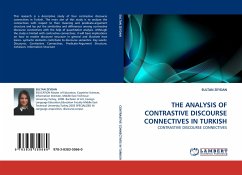Ukrainian and German are two languages which are distantly related and which have a similar grammatical structure. This thesis investigates and analyzes the major similarities and differences in the morphology of nominal categories of the languages: gender, number, and case. Through the detailed analysis of these categories, hypothetical conclusions are made about the possibility of negative transfer during language acquisition due to the differences between the systems of the two languages. The analysis concentrates solely on the categories of the noun in regard to the grammatical forms and structures present in both languages and their equivalents. The approach of this thesis is contrastive in nature.
Bitte wählen Sie Ihr Anliegen aus.
Rechnungen
Retourenschein anfordern
Bestellstatus
Storno

